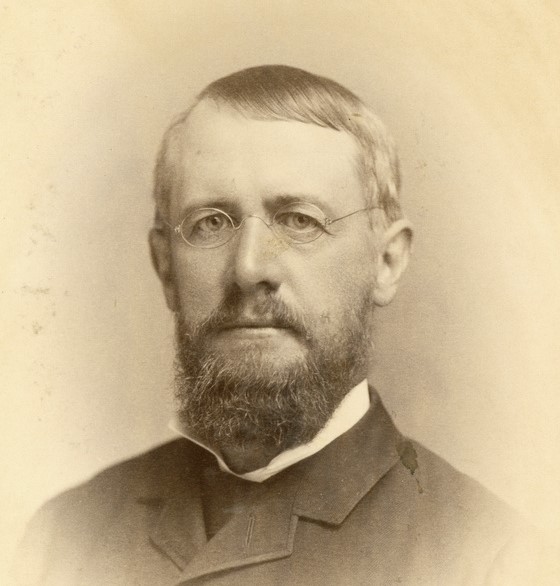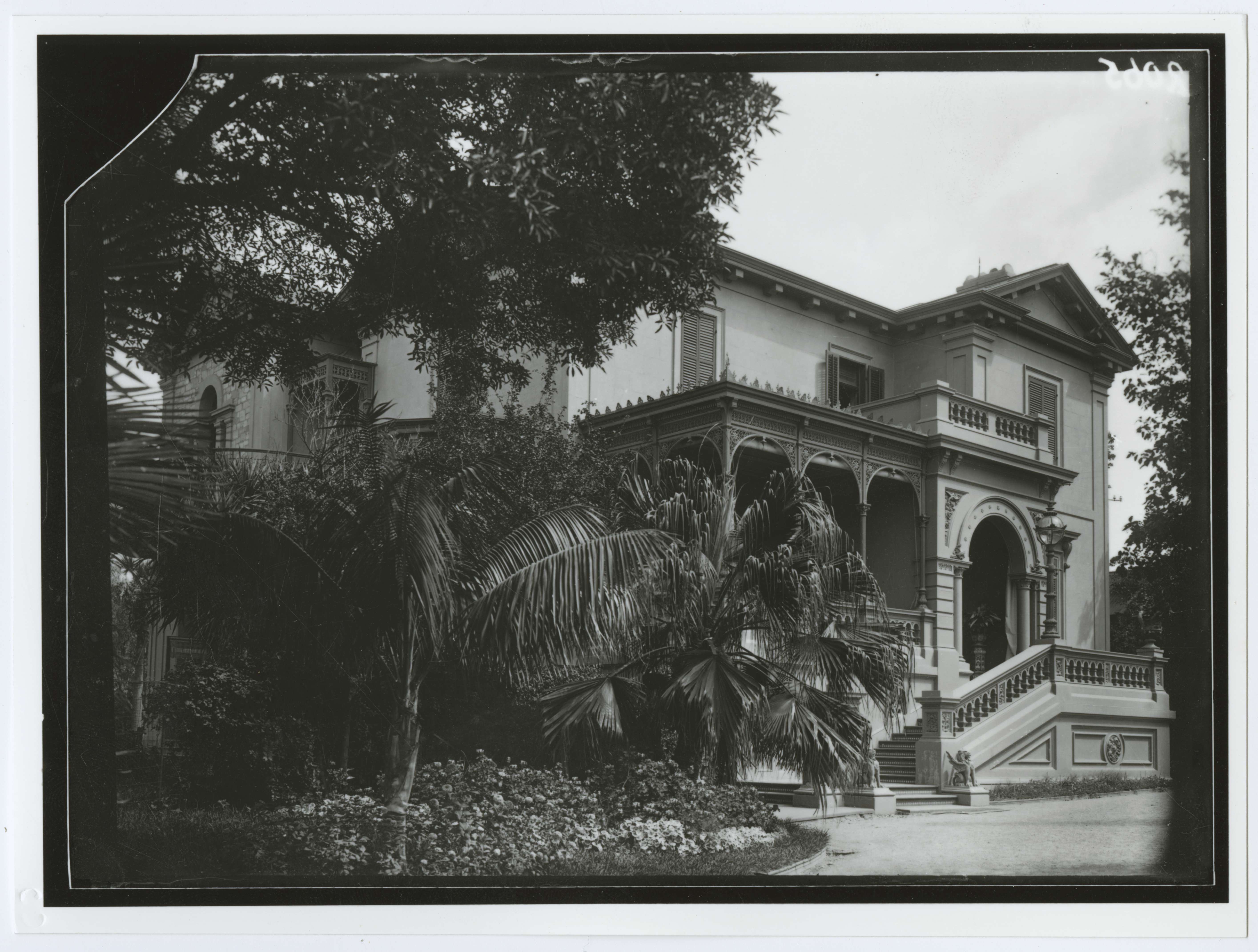Samuel James Way on:
[Wikipedia]
[Google]
[Amazon]
Sir Samuel James Way, 1st Baronet, (11 April 1836 – 8 January 1916) was an English-Australian jurist who served as Chief Justice of the
 Way was born in Portsmouth, England. Reverend James Way, his father, was a clergyman in the Bible Christian Church, who emigrated to Adelaide, South Australia in 1850 along with his wife and four younger children to establish a mission. Samuel, the eldest child, remained behind, studying at Shebbear College in
Way was born in Portsmouth, England. Reverend James Way, his father, was a clergyman in the Bible Christian Church, who emigrated to Adelaide, South Australia in 1850 along with his wife and four younger children to establish a mission. Samuel, the eldest child, remained behind, studying at Shebbear College in
 In 1877, Way was called upon to act as acting
In 1877, Way was called upon to act as acting
 Way became ill in 1914, and was diagnosed with cancer. He travelled to
Way became ill in 1914, and was diagnosed with cancer. He travelled to
 The baronetcy became extinct on his death. The geological feature Mount Sir Samuel and the town of
The baronetcy became extinct on his death. The geological feature Mount Sir Samuel and the town of
Supreme Court of South Australia
The Supreme Court of South Australia is the superior court of the Australian state of South Australia. The Supreme Court is the highest South Australian court in the Australian court hierarchy. It has unlimited jurisdiction within the state in ...
from 18 March 1876 until 8 January 1916.
Background
 Way was born in Portsmouth, England. Reverend James Way, his father, was a clergyman in the Bible Christian Church, who emigrated to Adelaide, South Australia in 1850 along with his wife and four younger children to establish a mission. Samuel, the eldest child, remained behind, studying at Shebbear College in
Way was born in Portsmouth, England. Reverend James Way, his father, was a clergyman in the Bible Christian Church, who emigrated to Adelaide, South Australia in 1850 along with his wife and four younger children to establish a mission. Samuel, the eldest child, remained behind, studying at Shebbear College in Shebbear
Shebbear (; ) is a village and civil parish in the Torridge district in Devon, England. It was once itself centre of the Shebbear hundred. In 2001 the parish had a population of 858. An electoral ward exists titled ''Shebbear'' and Langtree. T ...
, a small village in North Devon
North Devon is a local government district in Devon, England. North Devon Council is based in Barnstaple. Other towns and villages in the North Devon District include Braunton, Fremington, Ilfracombe, Instow, South Molton, Lynton and Lynmouth ...
, and later at a school in Chatham in Kent. He left England to rejoin his family at the end of 1852, arriving in Adelaide in March 1853. He was soon employed in the office of John Tuthill Bagot, at that time a barrister
A barrister is a type of lawyer in common law jurisdictions. Barristers mostly specialise in courtroom advocacy and litigation. Their tasks include taking cases in superior courts and tribunals, drafting legal pleadings, researching law and ...
, and in 1856 became an articled clerk to Alfred Atkinson (c. 1825 – 4 June 1861), solicitor of King William Street.
Legal and judicial career
On 25 March 1861, Way was admitted to the South Australian Bar to practice law, and when Atkinson died shortly afterwards, Way inherited his practice. Way practised as abarrister
A barrister is a type of lawyer in common law jurisdictions. Barristers mostly specialise in courtroom advocacy and litigation. Their tasks include taking cases in superior courts and tribunals, drafting legal pleadings, researching law and ...
and quickly became a leader among the legal community, and in 1868 joined a partnership with another barrister, James Brook. In September 1871, Way was made a Queen's Counsel, despite having been admitted to the bar only ten years earlier. When Brook died in 1872, a young Josiah Symon joined Way as partner. Way continued to be highly successful, travelling to London to argue a number of cases before the Judicial Committee of the Privy Council. In 1874, Way was elected as a member of the council of the University of Adelaide, and was also appointed to the South Australian Board of Education.
In 1875, Way was elected to the South Australian House of Assembly as the member for Sturt, and on 3 June of that year joined the Boucaut government as Attorney-General of South Australia. He was only a politician for a short time, however, since in March 1876, at the age of just thirty-nine, he was appointed Chief Justice of South Australia following the death of Richard Hanson on 4 March. Since it is the role of the Attorney-General to recommend judicial candidates to the cabinet, it has been suggested that Way probably nominated himself to be Chief Justice. Way soon gained a reputation as an excellent lawyer, and it has been said that none of his decisions were ever successfully appealed to a higher court. Later in 1876 he was appointed as the vice-chancellor of the University of Adelaide, and in 1883 became the chancellor
Chancellor ( la, cancellarius) is a title of various official positions in the governments of many nations. The original chancellors were the of Roman courts of justice—ushers, who sat at the or lattice work screens of a basilica or law cou ...
, a position he would hold until his death.
 In 1877, Way was called upon to act as acting
In 1877, Way was called upon to act as acting Governor of South Australia
The governor of South Australia is the representative in South Australia of the Monarch of Australia, currently King Charles III. The governor performs the same constitutional and ceremonial functions at the state level as does the governor-gene ...
. In January 1891 he was appointed to the position of Lieutenant-Governor of South Australia, a position subordinate to the state Governor. In January 1897, Way became the first Australian to be appointed to the Judicial Committee of the Privy Council. In 1899 he was created a Baronet, of Montefiore, North Adelaide, and Kadlunga Mintaro, both in the Colony of South Australia.
In October 1905, it was Way who publicly pronounced that Catherine Helen Spence, writer and suffragist, social worker and feminist was the most distinguished woman in Australia.
Way was a Freemason and Grand Master of the Grand Lodge of South Australia and Northern Territory from 1884 to 1916, apart from the period 1889–95 when the position was occupied by the Governor, the Earl of Kintore.
Personal life
Way married Mrs. Katherine Gollan Blue (née Gordon) on 11 April 1898. She was the widow of Dr. William Archibald Sinclair Blue (died 18 September 1896) of Strathalbyn. The time and whereabouts of the wedding, which was the subject of great public interest, were a closely kept secret until well after the event. Way became ill in 1914, and was diagnosed with cancer. He travelled to
Way became ill in 1914, and was diagnosed with cancer. He travelled to Sydney
Sydney ( ) is the capital city of the state of New South Wales, and the most populous city in both Australia and Oceania. Located on Australia's east coast, the metropolis surrounds Sydney Harbour and extends about towards the Blue Mountain ...
to have his arm amputated, in an attempt to delay the cancer. The operation failed to prevent his health from deteriorating, but he continued his work as Chief Justice until December 1915.
He died early the following year in North Adelaide.
Recognition
 The baronetcy became extinct on his death. The geological feature Mount Sir Samuel and the town of
The baronetcy became extinct on his death. The geological feature Mount Sir Samuel and the town of Sir Samuel
Sir Samuel is an abandoned town located between Leinster and Wiluna in the Goldfields-Esperance region of Western Australia.
Gold was discovered in the area in 1895. Officials lobbied for a townsite to be created in 1896 following the realis ...
in the Goldfields region of Western Australia were named after him.
A statue was unveiled on 17 November 1924, located on North Terrace, Adelaide, in front of the University of Adelaide.
The Sir Samuel Way Building on Victoria Square, Adelaide, was originally a major retail outlet for Charles Moore and Co. In 1983 it was sold to the state government and was named after him.
References
Bibliography
* Hannan, A. J., C. M. G., Q. C., ''The Life of Chief Justice Way'', Angus and Robertson, Sydney, 1960. * Emerson, Dr. John, ''First Among Equals'', University of Adelaide Barr Smith Press, Adelaide, 2004, pp 11–56. , - {{DEFAULTSORT:Way, Samuel 1836 births 1916 deaths Chief Justices of South Australia People educated at Shebbear College Australian King's Counsel Baronets in the Baronetage of the United Kingdom Australian members of the Privy Council of the United Kingdom Lawyers from Adelaide Vice-Chancellors of the University of Adelaide Chancellors of the University of Adelaide Australian recipients of a British baronetcy Colony of South Australia judges Attorneys-General of South Australia Lieutenant-Governors of South Australia Members of the South Australian House of Assembly Members of the Judicial Committee of the Privy Council English emigrants to colonial Australia Judges of the Supreme Court of South Australia 20th-century Australian judges 19th-century Australian judges Australian book and manuscript collectors Australian Freemasons People from Portsmouth